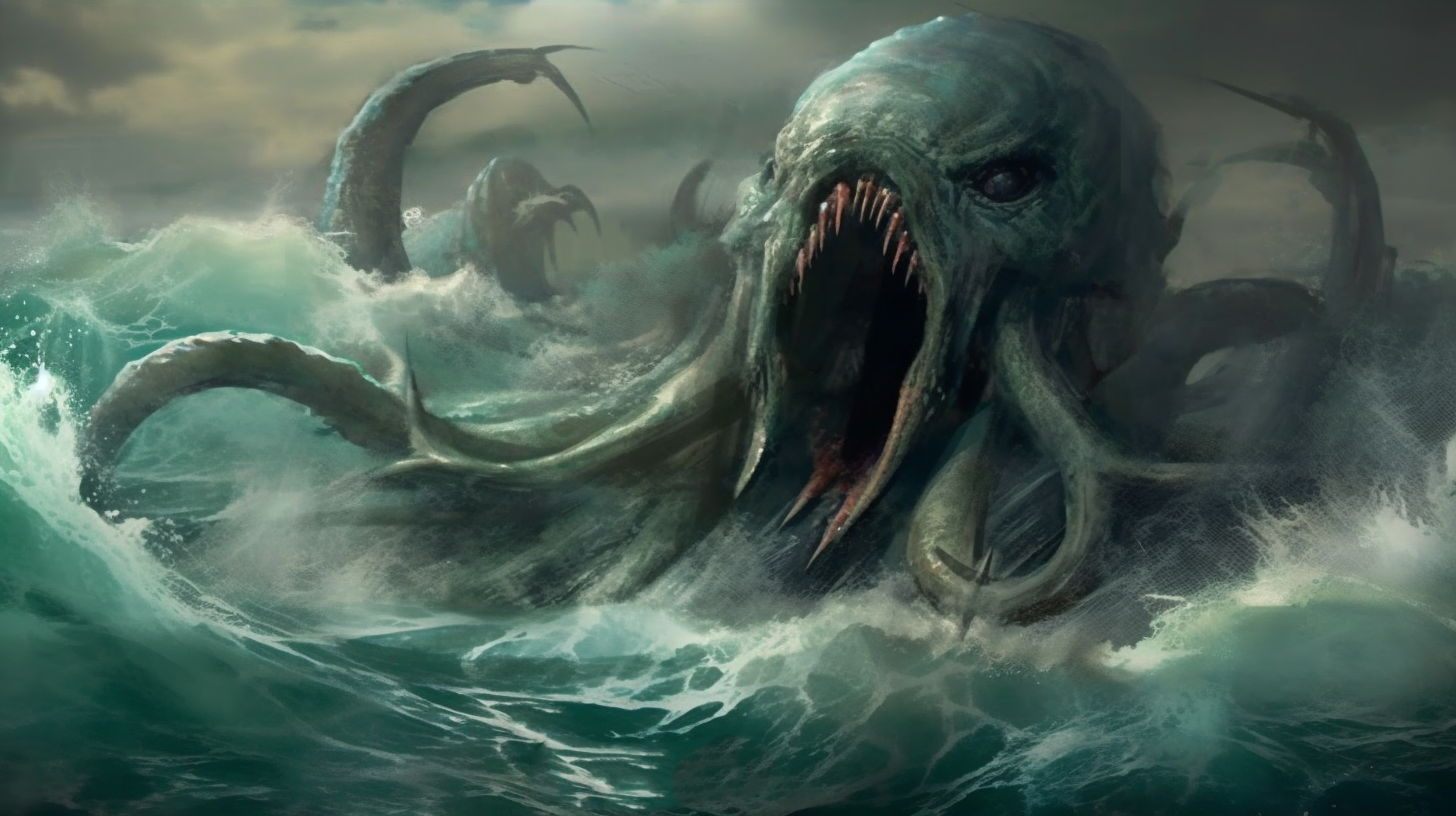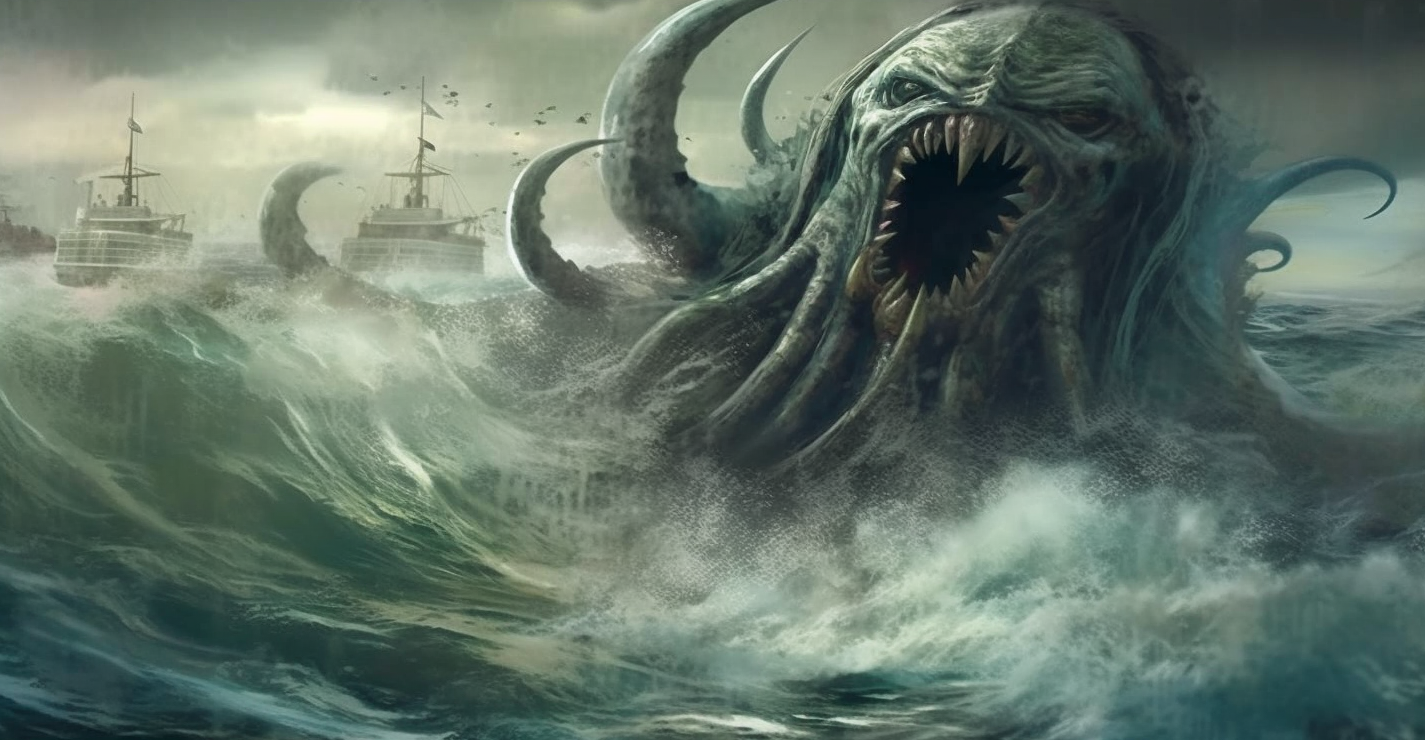Introduction:
The realm of Greek mythology is teeming with fascinating creatures and fantastical tales that continue to captivate our imaginations to this day. Among these mythical beings is Charybdis, a monstrous whirlpool said to terrorize ancient seafarers. Embodied as both a physical entity and a metaphorical representation of the perils of the sea, Charybdis has left an indelible mark on the annals of Greek mythology. In this article, we delve into the origins, characteristics, and enduring significance of this legendary whirlpool.
Origins of Charybdis:
Charybdis was first mentioned in Homer’s epic poem, the Odyssey. According to the ancient text, Charybdis resided in the Strait of Messina, a treacherous waterway located between the island of Sicily and the Italian mainland. It was depicted as a monstrous whirlpool capable of swallowing entire ships, creating a perilous situation for sailors.

Characteristics and Behavior:
Depictions of Charybdis vary, but most sources describe it as a massive whirlpool, swirling and churning the waters with an insatiable hunger. The magnitude of its power was said to be unparalleled, capable of dragging ships down to their watery graves. In some versions of the myth, Charybdis was believed to be a sea monster with the ability to transform into a whirlpool at will, adding an element of fear and unpredictability to its nature.
Charybdis was often paired with another perilous creature, Scylla, who was located on the opposite side of the Strait of Messina. The two formed a deadly duo, creating an impossible choice for sailors: face the dangers of Charybdis or risk being devoured by Scylla’s many ravenous heads.
Symbolic Significance:
Beyond its physical representation as a formidable force of nature, Charybdis also held metaphorical significance. The whirlpool came to symbolize the dangers and uncertainties of the sea, reflecting the inherent risks that ancient seafarers faced during their journeys. Charybdis embodied the capriciousness of the ocean, reminding sailors of their vulnerability to the whims of nature.
Historical Interpretations:
Throughout history, scholars and explorers have sought to locate the real-world inspiration for Charybdis. The Strait of Messina, with its strong currents and swirling waters, has often been associated with the mythical whirlpool. However, some argue that Charybdis may have originated from exaggerated tales of actual natural phenomena, such as tidal currents or powerful whirlpools observed in the region.

Modern Cultural Influence:
The legend of Charybdis has endured for centuries, influencing various aspects of popular culture. Its presence can be seen in contemporary literature, art, and film, where it continues to evoke a sense of danger and suspense. The concept of being caught in a metaphorical “Charybdis” has also become a common idiom, referring to being caught between two equally perilous options.
Conclusion:
Charybdis, the monstrous whirlpool of ancient Greek mythology, has fascinated and frightened people for generations. Its portrayal as a relentless force of destruction in the Strait of Messina has served as a cautionary tale for sailors and a reminder of the unpredictable nature of the sea. As we navigate the vast expanse of human knowledge, the enduring presence of Charybdis reminds us of the timeless power of myth and the capacity for ancient tales to shape our understanding of the world.

26 thoughts on “Charybdis: The Mythical Whirlpool of Ancient Greece”
Comments are closed.